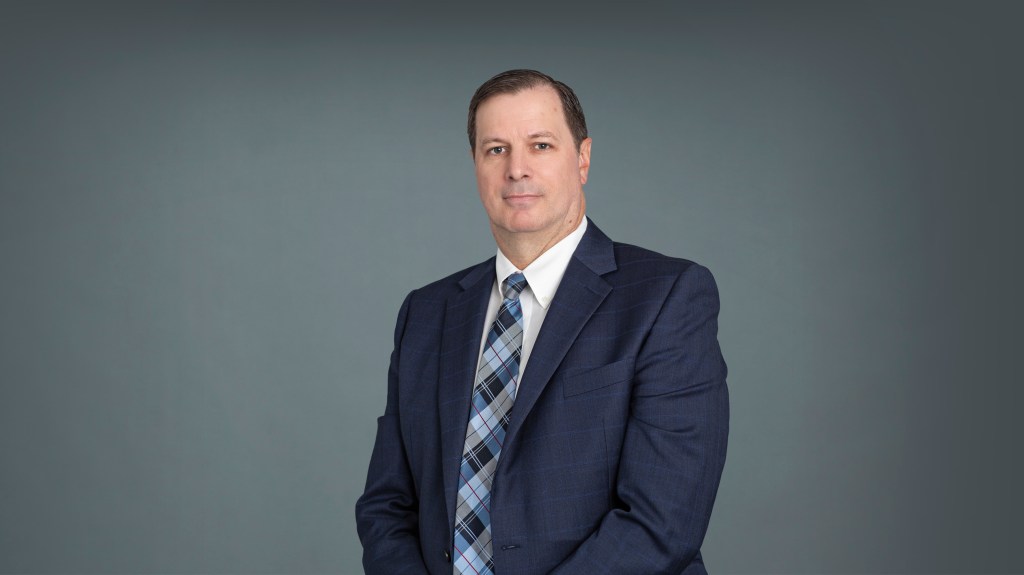There are headaches – and then there’s the kind of headache that makes you want to crawl under the covers and do nothing. If you know what we’re talking about, you’ve probably had a migraine.
Although more than 1 billion people live with migraines worldwide, there is no cure for the condition. Fortunately, there are many ways you can manage — and potentially avoid — migraines and headaches.
We spoke with Dr. Robert Fryer, clinical professor in the Department of Neurology at NYU’s Grossman School of Medicine, to find out the best ways to manage headaches at home—and when it might be time to see a doctor.
Let’s talk about the differences between a headache and a migraine.
We categorize headaches into two main types: primary headache disorders and secondary headache disorders.
A secondary headache disorder is when the headache is caused by another process occurring in the head. For example, if you have a headache from a sinus infection and you treat the sinus infection, then the headache will go away.
The next category is primary headache disorders. And here the headache itself is the disease. In this case, you use medicines that directly treat the headache.
The two most common types of primary headaches are tension headaches and migraines. In the neurologist’s office, we don’t see much in the way of tension headaches because people just take Tylenol and are usually fine. It’s really migraines that are bad headaches that require treatment and management.

Are there certain groups that are more susceptible to migraines?
Migraine is a very common disorder. Somewhere between 15% and 20% of the population suffers from migraines. And about three quarters of them are women.
Before puberty, it’s actually a little different. It occurs almost equally between boys and girls. In younger children, it may be slightly more common in boys. But then the female hormones that kick in during puberty definitely trigger and can trigger migraines. So that’s why it becomes much more common in women than in men as people age.
How can a person identify the difference between a migraine and a headache?
A migraine is by definition a moderate to severe headache. So it’s a kind of headache where it’s hard to do things or, if it’s really bad, you can’t do anything. You just need to lie down in a dark room with a blanket over your head.
But overall, it’s a headache where it’s really hard to get things done and it’s hard to concentrate, to work. If you have this a few times, you should definitely get it checked out because there are some very simple things that can be done to make it less annoying.
What are some of those simple things? How can you treat migraine triggers?
There are four main triggers of migraines: hunger, dehydration, stress and lack of sleep. So I tell people you have to eat regular meals. You should drink water throughout the day. You have to do your best to maintain a good sleep schedule, and then you have to find ways to manage stress.
The next step is that some people with migraines will have a specific food that triggers the migraine. It is not very common, but for some people, for example, it can be red wine. You will have people who drink a glass of red wine and get a migraine. If you can identify a food trigger, your headaches will actually improve greatly just by eliminating that food.
The best way to identify a food trigger is to keep what is called a headache diary. Every time you have a headache, go back and write down the foods you ate about five hours before the headache started. So for a few headaches and then you will have a good sense if there is a food trigger.

People might consider popping some Tylenol, like you mentioned, but what are some other options if you feel a headache or migraine coming on?
As someone who has ignored his migraines for 30 years or more, I can relate to this very well – sometimes I would take medication for it and sometimes I would just ignore it and move on. In general, it is better to take medicine.
Tylenol, or acetaminophen, is probably the safest, but also possibly less effective than some other headache options. But if it works for you, stick with it.
Ibuprofen, also known as Motrin or Advil, is an anti-inflammatory. So this is usually second on my list to try. Another option is a combination drug like Excedrin Migraine. And this is a combination of aspirin, which is an anti-inflammatory, and caffeine. And caffeine can be a pretty strong and abortive medicine for migraines.
You can also take a different anti-inflammatory such as naproxen. And this can be quite effective for some people.
And then there are prescription drugs that can be used. But I only prescribe them if you’ve tried those other remedies and they don’t seem to be working. I find it easier to have something at home that you can get over the counter.
Besides medication, what other treatments are available?
Botox is a newer treatment. It is a very effective treatment for what we call chronic migraine. Most people have episodic migraines. This is when you have a terrible headache that lasts for several hours. And then you can go a week or more before you have another one.
Chronic migraines are surprisingly common – up to 1% of the population have chronic migraines. And that’s defined as at least eight migraines in a month.
These are patients where you think about Botox injections. And these are a series of 31 injections around the face, the back of the neck or the shoulders, and they are done every three months. But they are surprisingly effective for treating chronic migraines.
This interview has been edited for length and clarity.
Robert Fryer, MDis a clinical professor in the Department of Neurology at the NYU Grossman School of Medicine. He is board certified by the American Board of Psychiatry and Neurology and specializes in treating migraines, headaches, nerve pain and children.
#doctor #heres #prevent #manage #headaches #migraines
Image Source : nypost.com